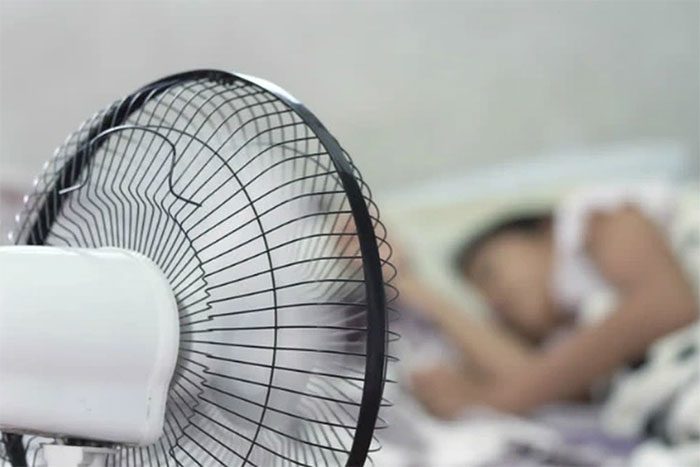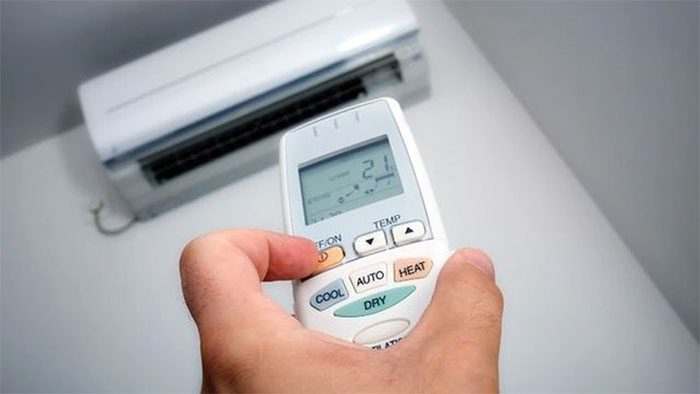Scientists warn that the intensification of heatwaves in the United States makes the use of fans insufficient for cooling.
Heat Wave: Fans Are Not Enough for Cooling

Many areas in the US and around the world are facing severe heatwaves this summer. (Photo: Getty).
A recent study shows that many regions in the United States are experiencing temperatures “too hot for safe fan use,” with the increase being double compared to previous decades.
“More and more Americans are being exposed to temperatures that are too hot for electric fans. This could even be dangerous,” said Luke Parsons, a climate scientist at Duke University.
Based on an analysis of hourly weather data over the past 20 years, Luke Parsons indicated that most afternoons during the hottest months of the year could exceed safe thresholds.
Although this study focused on areas in the United States, it provides new insights at a time when much of North America, Europe, and China are enduring the harsh summer heat due to climate change.
The study also reiterates warnings from the World Health Organization (WHO) about extreme heat climate conditions. According to them, the use of electric fans could even exacerbate heat stress, as they generate more hot air than cooling.
Safe Operating Limits for Electric Fans

Excessive heat can make using electric fans counterproductive. (Photo: Getty).
According to WHO, electric fans can still be used safely at temperatures above 35°C, but their limits depend on who is using them and where.
Concerned hot spots in the US include parts of California along the Arizona border, most of central Texas, Oklahoma, and along the New Mexico border.
Communities in these areas currently face more than 1,000 hours or over 44 days each year when temperatures are too hot for safe fan use. Alarmingly, some of the hottest places are rural areas where residents have limited healthcare options.
Typically, electric fans are not recommended for use at temperatures above 37-38°C, especially for the elderly, particularly those on medications that reduce sweating.
In particularly humid or arid regions, electric fans can even have the opposite effect, as they tend to increase heat stress, due to the airflow contributing to carrying heat or humid air.
This outcome underscores the need for governments to direct resources towards vulnerable communities, which are less likely to have the capacity and resources to cope with climate change.
Air Conditioning: Not a Better Solution

Many people are switching to air conditioning instead of electric fans, worsening climate change. (Photo: Health).
Unfortunately, if using fans is not feasible, switching to air conditioning can worsen climate issues.
This is because air conditioning consumes energy dozens of times more than electric fans. To cool, these devices also use harmful chemicals such as: chlorofluorocarbons (CFCs), hydrofluorocarbons (HFCs), and hydrochlorofluorocarbons (HCFCs).
While CFCs can deplete the ozone layer, HFCs and HCFCs are known to be greenhouse gases that are tens of thousands of times more potent than CO2.
“To date, these compounds combined have accounted for nearly 11% of total greenhouse gas emissions worldwide,” said Clare Perry, a senior campaigner at the Environmental Investigation Agency (EIA), a non-profit organization focused on investigating and advocating against environmental abuse.
From a health perspective, air conditioning also increases the risk of “heat shock” on hot days, especially for vulnerable groups such as office workers, the elderly, children, and infants…



















































